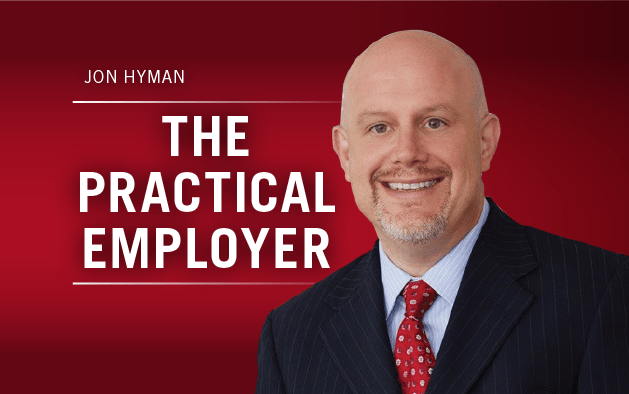Workplace Culture
Forced Retirement Is an Age Discrimination No-no
By Jon Hyman
Sep. 12, 2016
The EEOC has sued a Colorado hospital for age discrimination. The key allegation? That it forced employees to resign because of their age. The lawsuit claims hospital managers made ageist comments, including that younger nurses could “dance around the older nurses” and that they preferred younger and “fresher” nurses.
 According to Phoenix District EEOC Regional Attorney Mary Jo O’Neill, “Research shows that pervasive stereotypes about older workers still persist — for example, there are widespread stereotypes that older workers are less motivated, flexible, or trusting and that a younger workforce is preferable. These stereotypes are flatly untrue and must be recognized for what they are — prejudice and false assumptions.”
According to Phoenix District EEOC Regional Attorney Mary Jo O’Neill, “Research shows that pervasive stereotypes about older workers still persist — for example, there are widespread stereotypes that older workers are less motivated, flexible, or trusting and that a younger workforce is preferable. These stereotypes are flatly untrue and must be recognized for what they are — prejudice and false assumptions.”
While not necessarily on point, this case does segue into an important issue — mandatory retirement. It’s still a fairly popular misconception that businesses can force employees to retire at a certain age.
In truth, with the exception of a few limited circumstances, mandatory retirement ages are about as close to a slam dunk case of illegal age discrimination you can find. The exceptions permit — but do not require — mandatory retirement:
- At age 65 of executives or other employees in high, policy-making positions.
- At age 55 for publicly employed firefighters and law enforcement officers.
Forcing an employee out is the same as requiring an employee to retire. While lessening duties and responsibilities, demotions, and reductions in pay could cause an older employee to retire, it could also cause that same employee to claim a constructive discharge. However, there is no law that says that an older employee does not have to meet the same legitimate expectations of the job as any other employee. If an older worker is not performing as needed or required, document and treat as you would any other employee.
Schedule, engage, and pay your staff in one system with Workforce.com.
